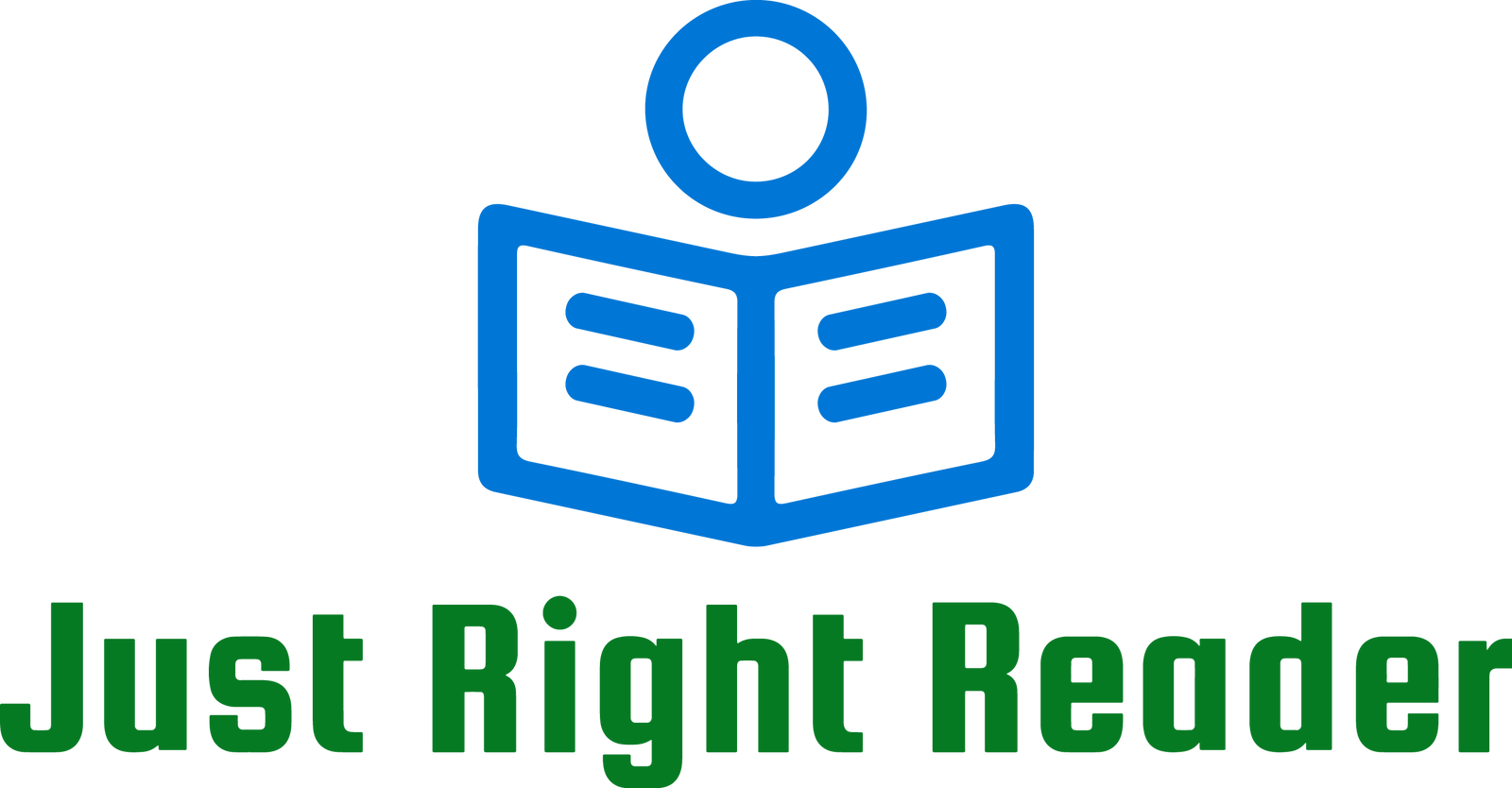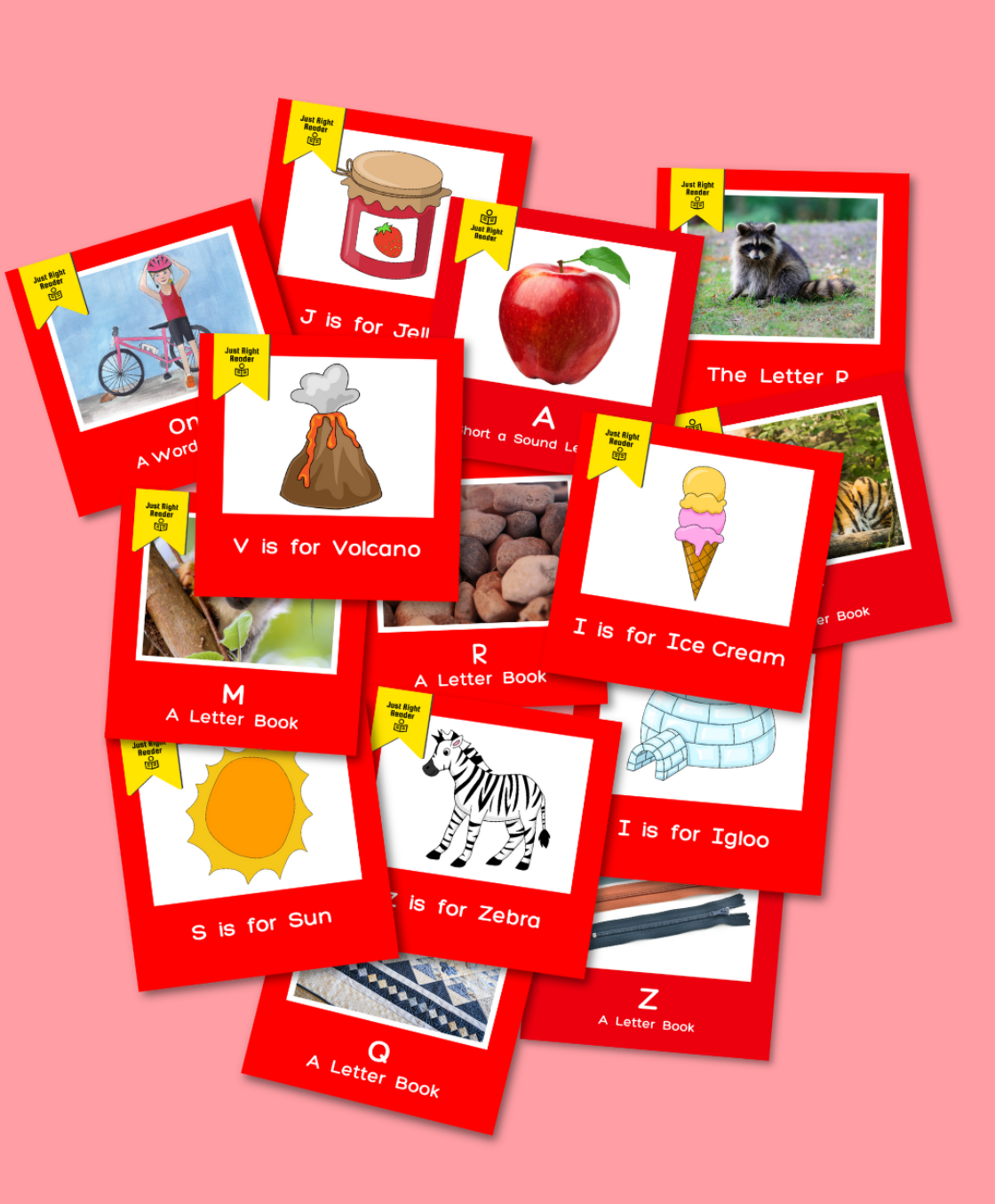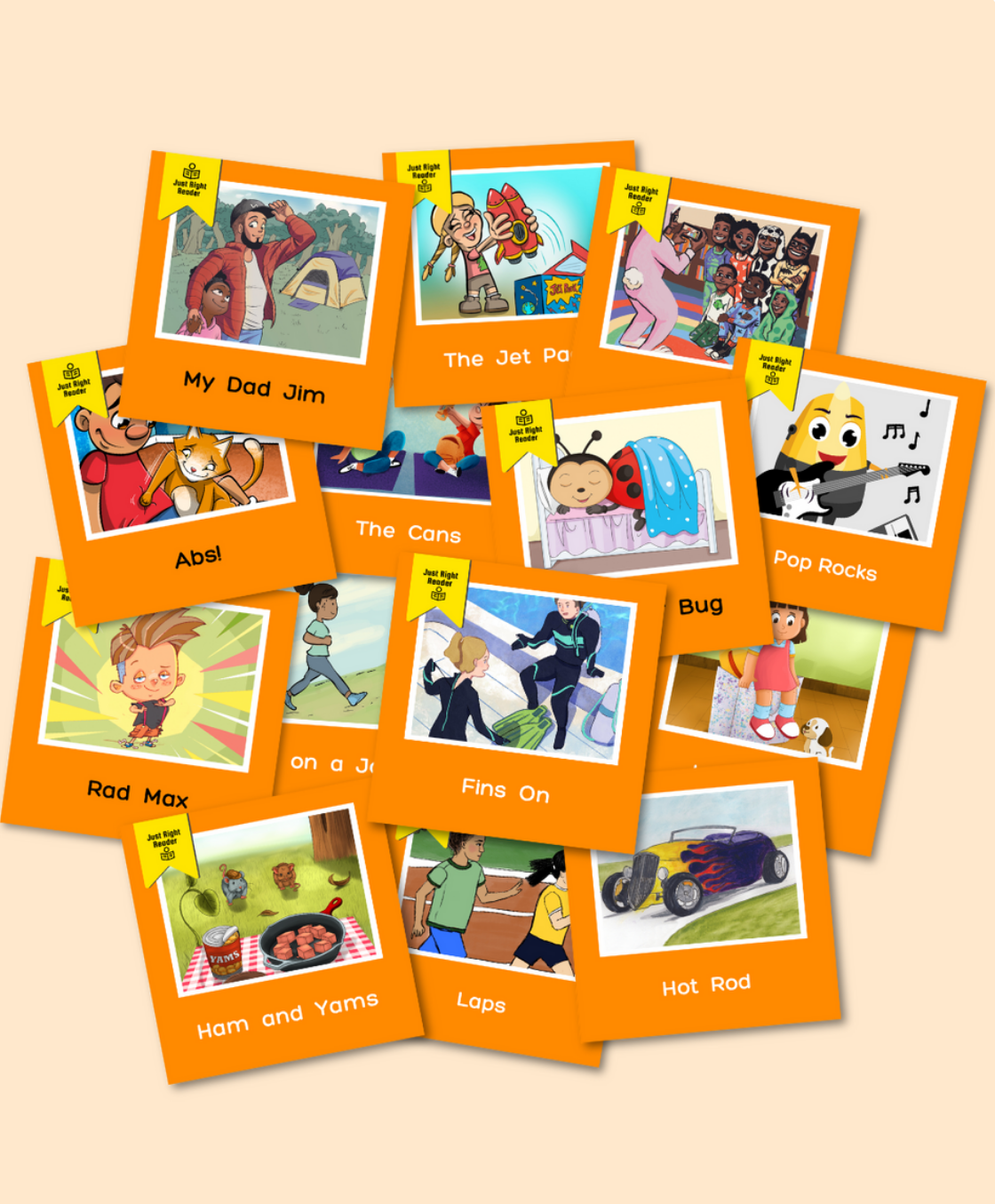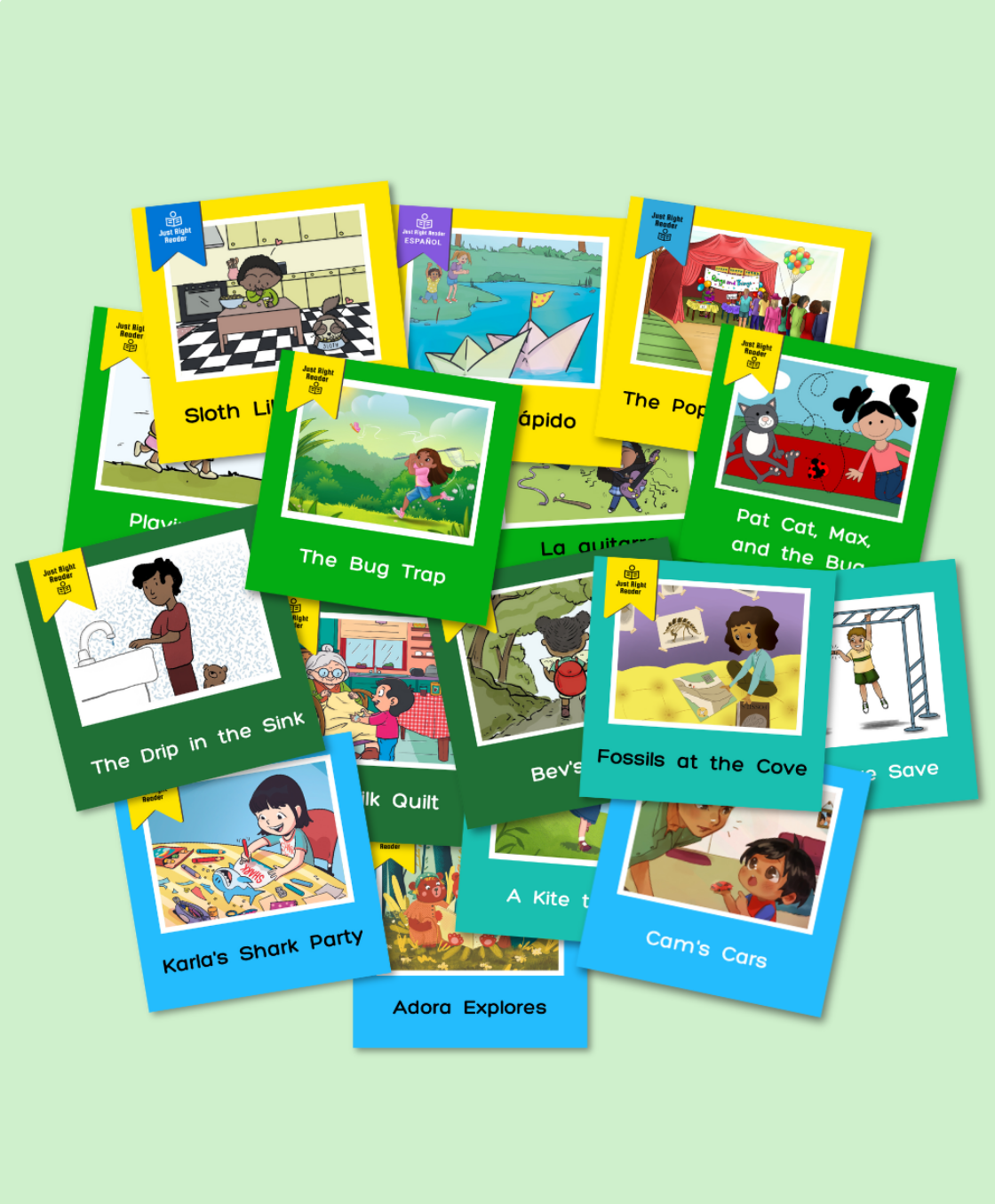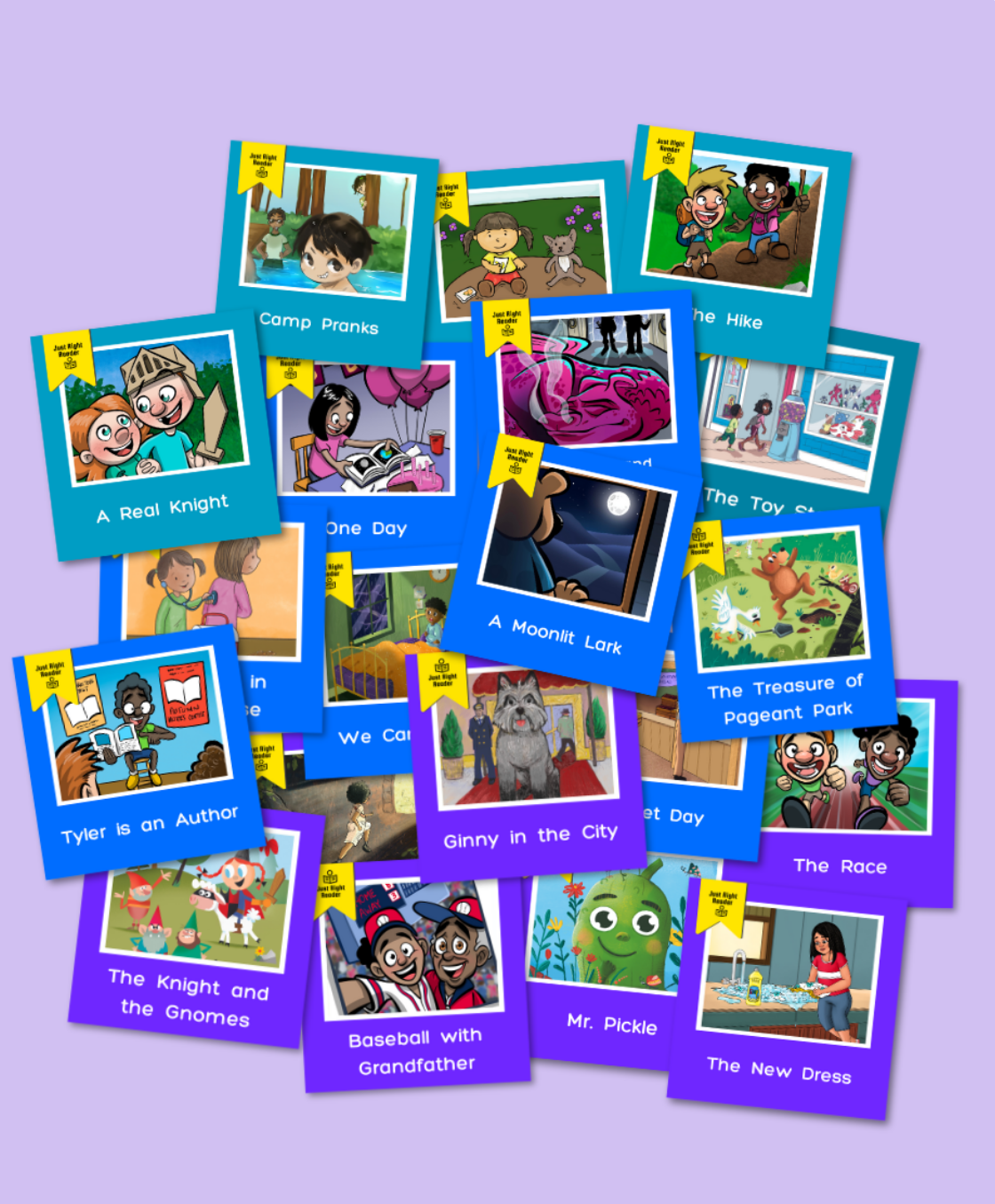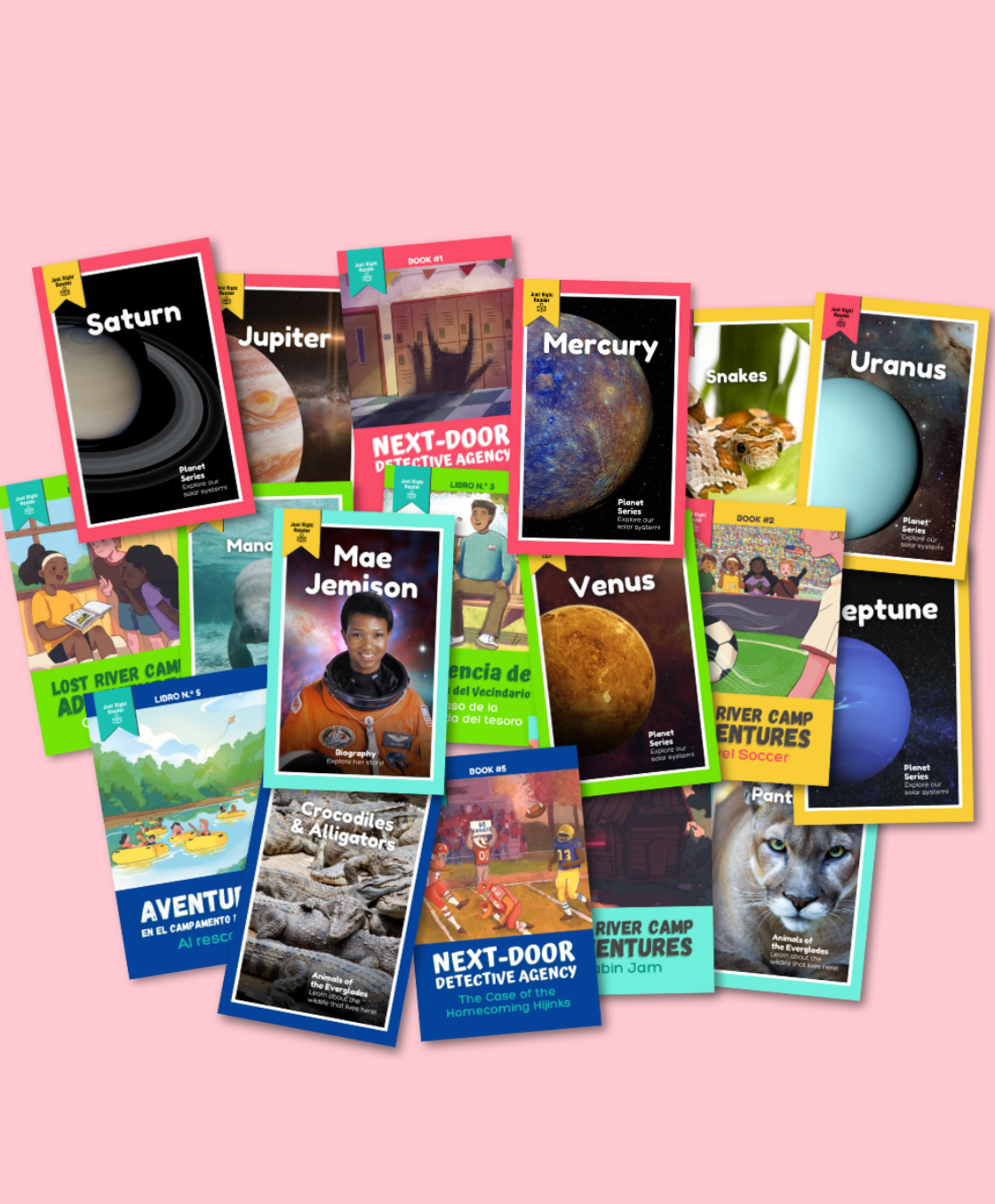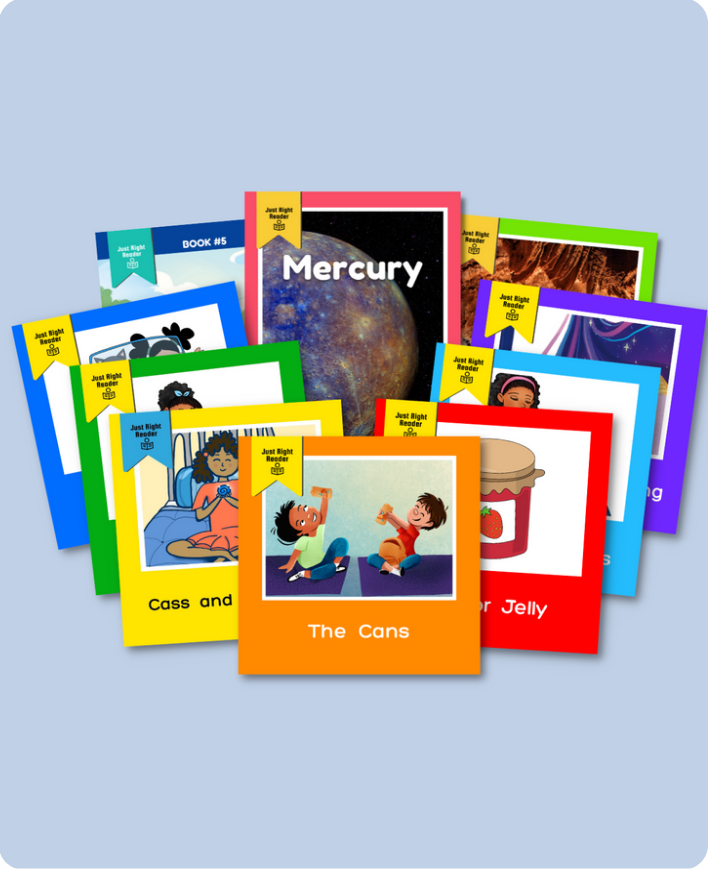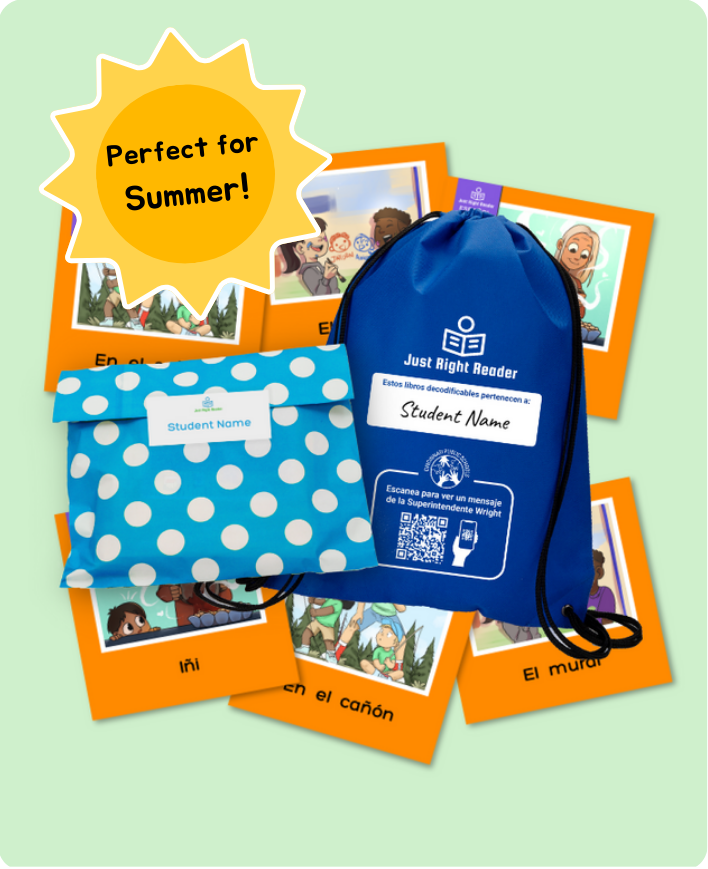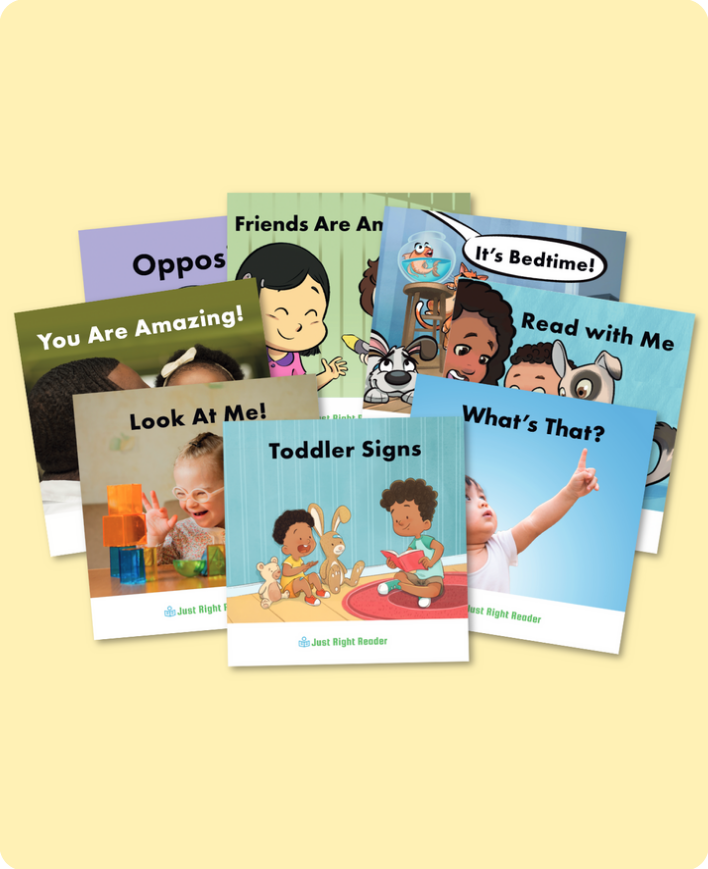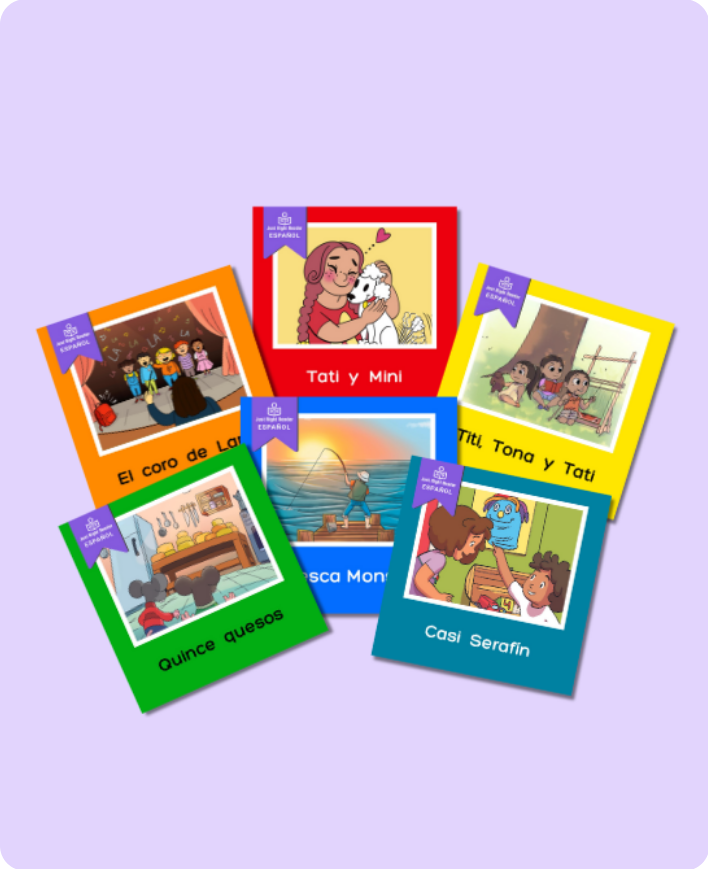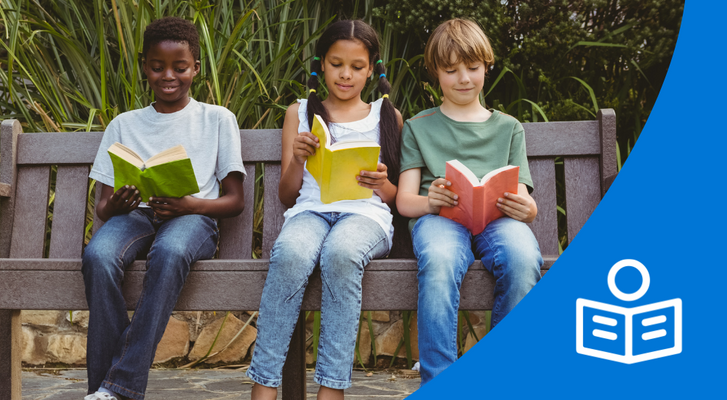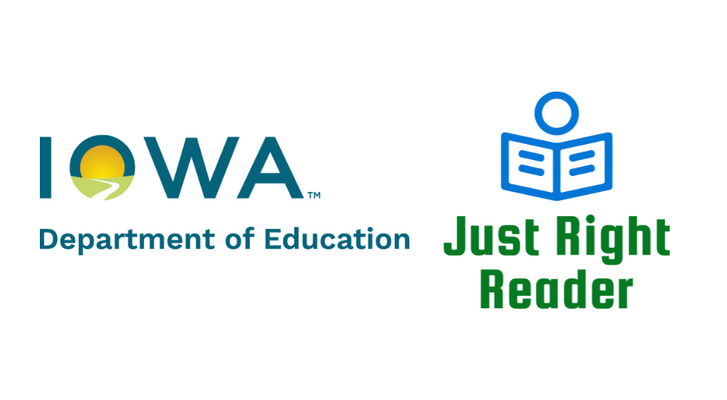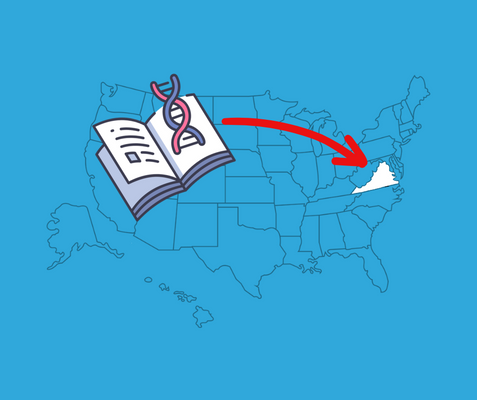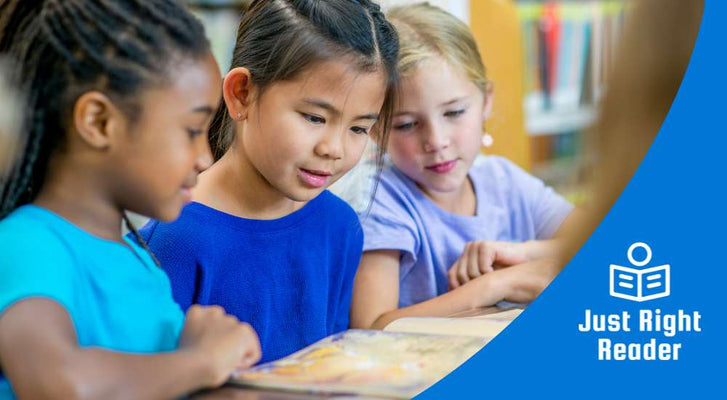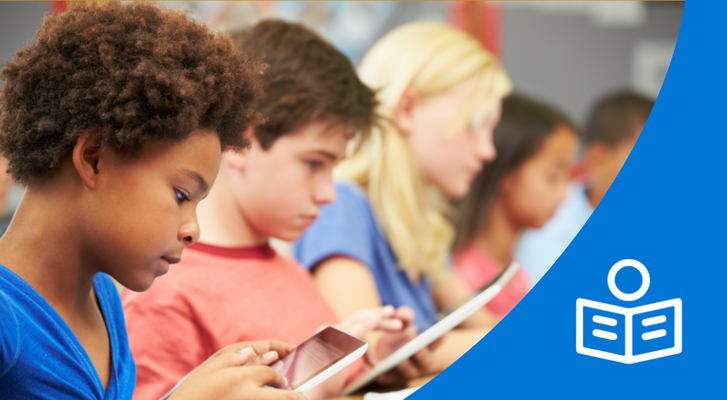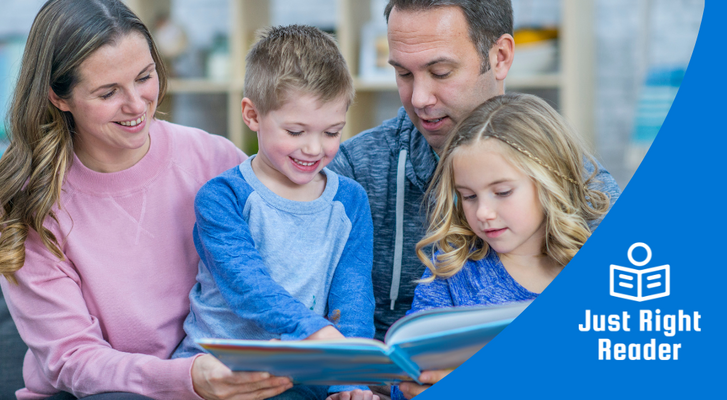
In today's world of increased screen time, it's more important than ever to prioritize putting books into the hands of young children. Nurturing a love of reading from an early age fosters not only essential literacy skills but also a lifelong joy for learning. Early childhood experiences, particularly within the home and family play a crucial role in shaping brain development and future reading achievements.
Early literacy exposure increases activity in the brain areas starting from infancy with oral language and processing sounds. While some screen time may be educational, MRI research illustrates the impacts of excessive screen time on language development, literacy skills, and social cognition. Nothing can replace the positive interactions between children and caregivers reading together.
Key Takeaways:
-
Watch highlighted clips of Dr. John Hutton, Associate Professor of General and Community Pediatrics at Cincinnati Children’s Hospital Medical Center or the full webinar recording, Reading in the Brain in Early Childhood to understand what occurs in the brain during early childhood and how that impacts reading achievement.
Dr. John Hutton Explains Reading and the Brain
Extensive brain development research reveals the literacy environment in the home and the connections between caregivers makes a significant impact on how a child approaches learning to read. Dr. John Hutton, Associate Professor of General and Community Pediatrics at Cincinnati Children’s Hospital Medical Center, partnered with Just Right Reader to share what occurs in the brain during early childhood and how we can support that development.
Parents and educators may wonder: What can we do to ensure our young learners come to kindergarten with the knowledge, skills, and attitudes they need to become confident readers? Reading doesn’t begin in kindergarten - it starts in infancy and early childhood.
Create a Positive Literacy Environment
It is important to create a positive home literacy environment that starts from infancy and continues throughout the child’s reading journey. Designate a quiet corner in your home with a variety of books and cozy blankets. Create a print-rich environment that is easily accessible to your child. This should start as early as possible and become a regular routine in the home.
Form a Connection Between the Caregiver and the Child
Several factors contribute to emergent literacy including nurturing a love of reading and learning. The connection between caregiver and child is where these positive interactions and shared literacy experiences begin. Use the time to connect by asking open-ended questions. Building a shared experience together, encourages deeper thinking, and fosters a love for learning. Reading aloud to children for just 15 minutes a day can make a significant difference.
Brain Growth Occurs Most Rapid First Years Of Life
The first few years of life are when the brain is developing most rapidly. This reinforces the importance of developing a positive literacy environment during those early years. Exposure to language, poems, song, stories, and print strengthens the brain for future reading success.
Balance Quantity and Quality to Keep Kids on Track
There are several actionable steps families can take to support emergent literacy development at home to balance. Aim for a wide-ranging collection of age-appropriate books readily accessible to children. Include board books, picture books, early readers, and chapter books. Establish a daily reading routine, even for short periods. Read aloud to children of all ages, even babies and toddlers. Choose books with engaging illustrations and relatable characters. Make reading interactive by asking questions and talking about the story.
Learn More with Dr. Hutton
- Click here to watch the full webinar replay.
- Click here to listen to a podcast
- LinkedIn:https://www.linkedin.com/in/john-hutton-702980a8
-
Website:https://profiles.utsouthwestern.edu/profile/226447/john-hutton.html
Why Families Love Just Right Reader!
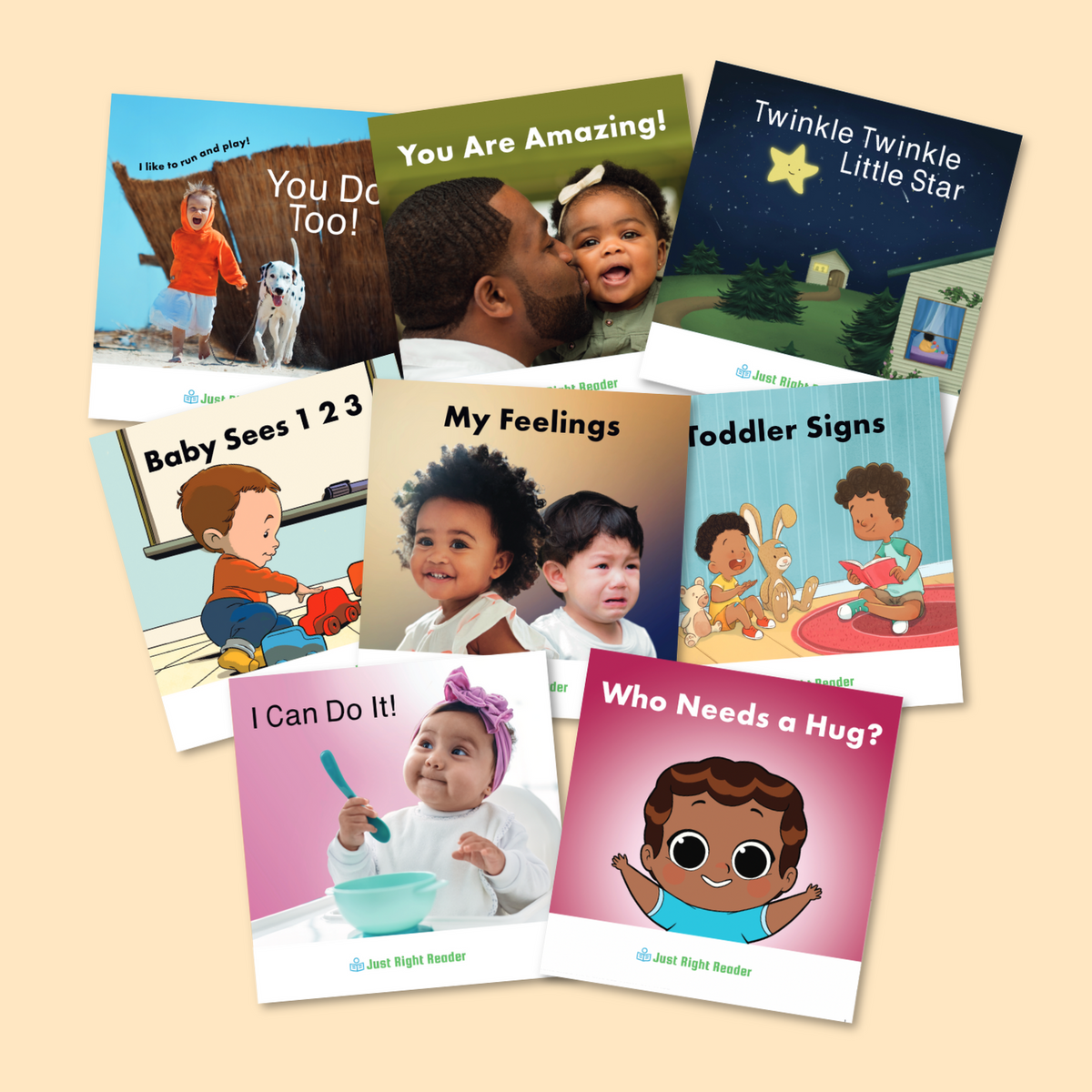
At Just Right Reader we prioritize putting books into the hands of young children and getting them off of screens. We believe it's never too early. Aligned to early learning standards, Just Right Reader builds literacy and readiness skills in every child in the critical of life.
Read this CASE STUDY
Extensive research indicates that increased access to high-quality books, especially at home, correlates with higher academic performance, boosts reading motivation, and fosters positive attitudes toward reading (Allington, 2014; Gambrell, 2011).
This case study highlights the impact on students’ literacy development during the Spring 2024 Just Right Reader Take-Everywhere Decodable Pack Pilot, which provided students with high-quality decodable books to practice targeted phonics skills through meaningful reading experiences at home.
